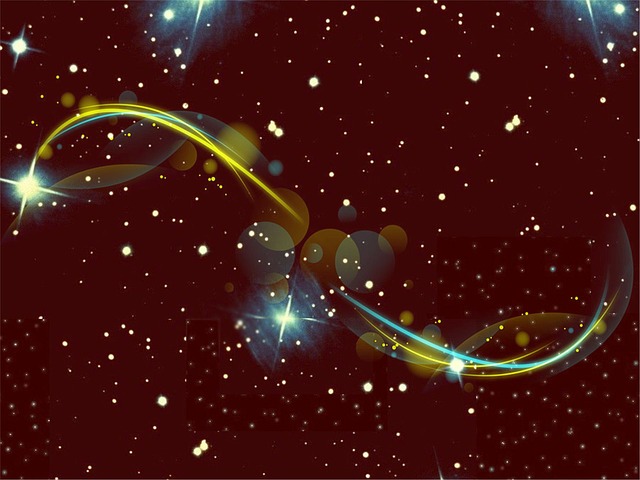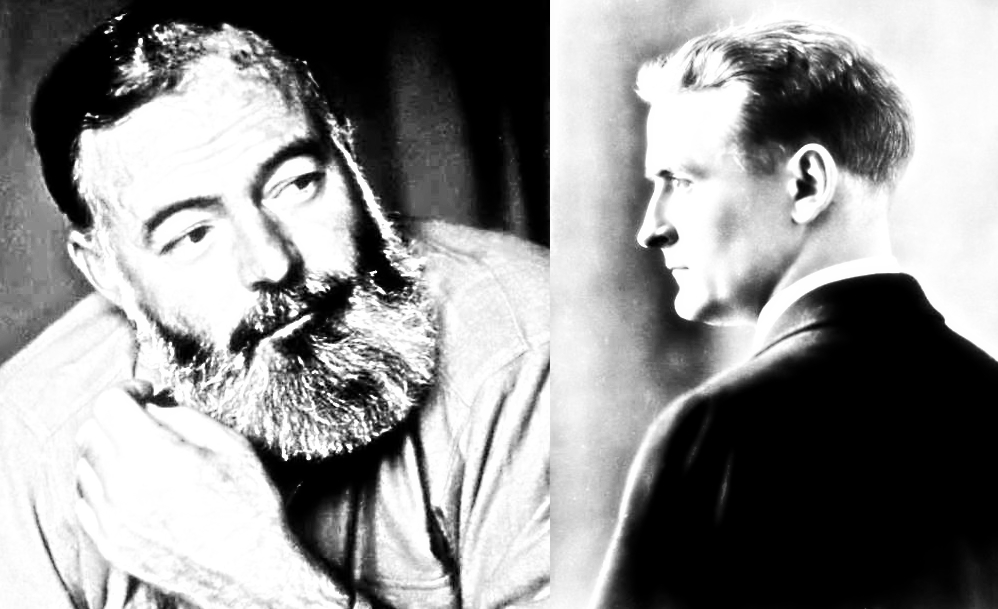Some people hear their own inner voices with great clearness and they live by what they hear. Such people become crazy, or they become legends. — Legends of the Fall
Family can be a complex and enduring aspect of our lives, regardless of how we may push back or have mixed feelings about it. We are inherently connected to our families through blood and concrete relationships. Everyone has parents, and many of us have siblings, often brothers.
Today, on the blog, we will analyze the film “Legends of the Fall” (1994) and its relationship with the 1979 novella by Jim Harrison of the same name.
Summary of “Legends of the Fall” Novella
The novella “Legends of the Fall” was written by Jim Harrison, who grew up in Grayling, MI, in 1937. Harrison was a prolific writer, known for his poems, books, screenplays, memoirs, and more. “Legends of the Fall” is part of a novella collection that also includes two other stories: “Revenge” and “The Man Who Gave Up His Name.”
The novella follows the tumultuous journey of the Ludlow family over multiple decades. It comprises father Colonel William Ludlow and his three sons, Alfred, Tristan, and Samuel. The brothers are torn apart by World War I, and when only two of them return—Alfred and Tristan—a conflict ensues over their younger brother’s wife, Susannah.
The perspective mainly centers on Tristan, a loner within the family, and his story is one of tragedy, murder, romance, machismo, and historical significance. The family undergoes considerable trauma and hardship before finding solace in their familial connections, albeit through violence and tragedy. Likewise, the story explores themes of familial discord, love, and the mistakes of humanity.
Here’s an excerpt from one of the violent moments in the story:
“They sat still and fireless through the night and then at dawn in the fine sifting snow they crept forward in the snow and wiped it from the faces of the dozen or so dead until Tristan found Samuel, kissed him and bathed his icy face with his own tears: Samuel’s face gray and unmarked but his belly rended from its cage of ribs. Tristan detached the heart with a skinning knife and they rode back to camp where Noel melted down candles and they encased Samuel’s heart in paraffin in a small ammunition canister for burial back in Montana” (Harrison).
Adapting the Story to Film
The film adaptation strives to remain faithful to the original work by enriching the setting and character development. While the story is epic in scope, the film effectively captures the emotions and struggles of each character when they are faced with extreme challenges.
The film maintains the novella’s violence, from Samuel’s death to Tristan scalping Nazis in a trench. However, some critics have noted that the novella leans toward “telling” rather than “showing,” leaving room for interpretation. For instance, Susannah’s madness in the book is told to us rather than shown, while in the movie, subtle hints and expressions help viewers understand her dissatisfaction with her life (Malek).
The cast, including Brad Pitt, Aidan Quinn, Henry Thomas, Julia Ormond, and Anthony Hopkins, delivers mostly understated performances, with Brad Pitt portraying an exaggerated version of the American outlaw and gunslinger, aligning well with the novella’s intent.
Themes and Symbolism
Both the novella and the film explore themes of family issues spanning nearly a century. The discord between the Ludlow brothers and their father underscores the complex dynamics within families. Meanwhile, Tristan’s adventures, in particular, highlight the multifaceted nature of love, from his love for his brother Samuel to his love for his father through military service in WWI, his love for Susannah, and ultimately, the love that leads to tragedy.
Both versions of the story emphasize the importance of love and family bonds, their fragility, and the potential for repair through honor and dedication.
Conclusion
Jim Harrison’s “Legends of the Fall” is a romanticized tale that celebrates adventure, war, love, and violence. The film adaptation mirrors this romantic view by portraying a family navigating changing times and strife. While critical reception may be mixed, for those who appreciate Jim Harrison’s storytelling, “Legends of the Fall” offers a captivating exploration of family bonds and heartache.
If you have any thoughts or feelings about Harrison’s novel or the film, please feel free to share them in the comments!
Works Cited
Harrison, Jim. “Legends of the Fall.” Grove Press, Reissue 2016.
Malek, Emily. “Legends of the Fall Book Review.” Book Review by a Chick Who Reads Everything, Oct. 25, 2021. Web. https://chick-who-reads-everything.com/2021/10/25/legends-of-the-fall-book-review/







